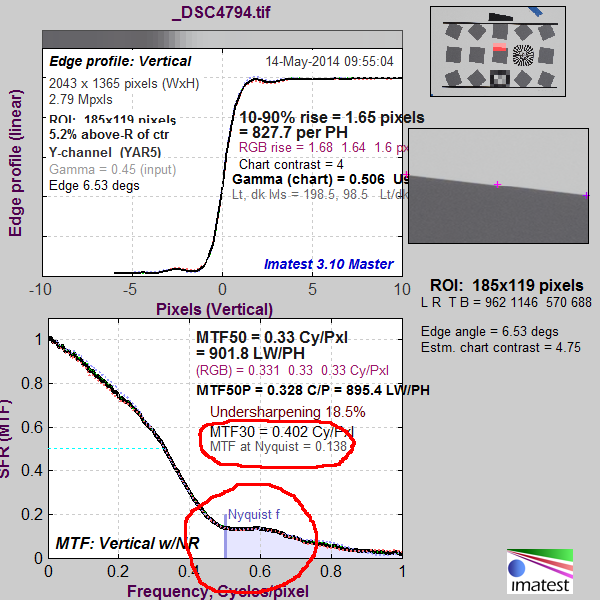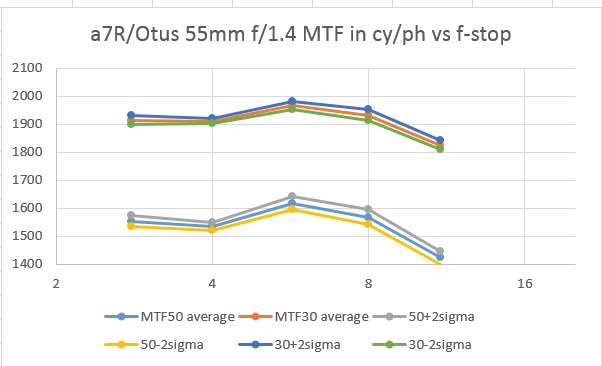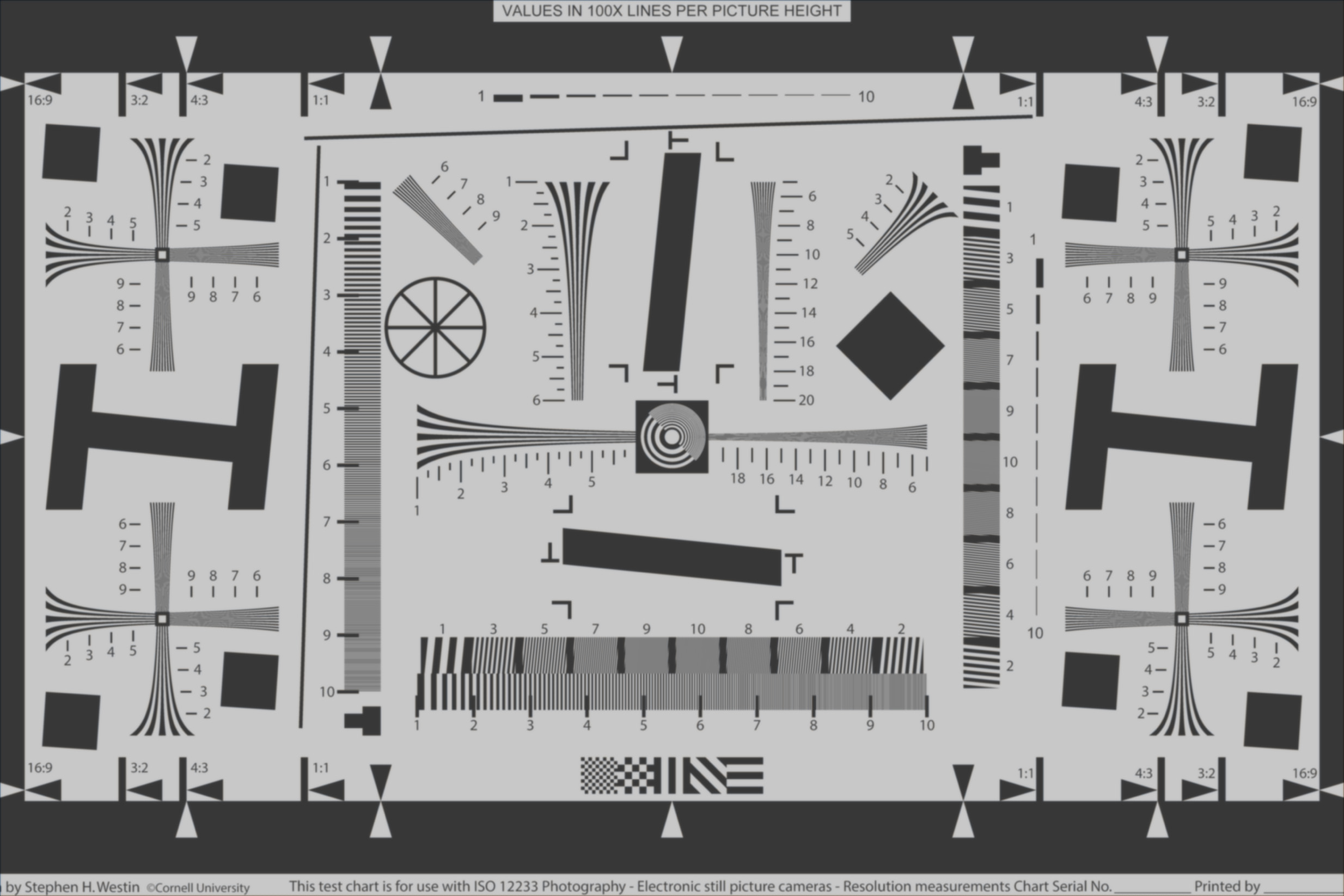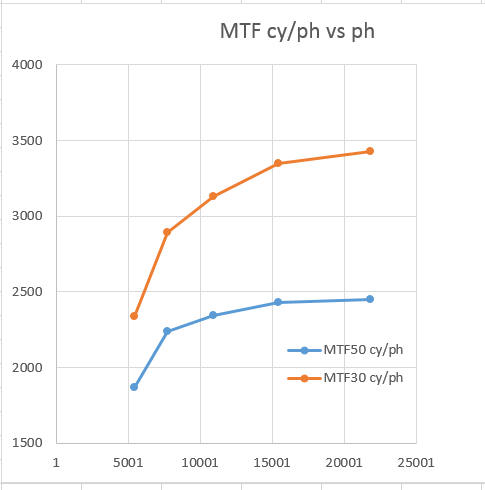In the previous few posts I’ve been talking about needing Bayer-CFA’d sensors with pixel pitches approaching one micrometer in order to get everything out of our lenses. I thought I might not live to see that day. It turns you that you can buy those sensors right now. From SK hynix. The part number is… [Read More]
Archives for May 2014
Aliasing with the Otus
There is a trend in the camera marketplace to offer cameras with no antialiasing (AA) filters. None of the medium format camera that I know of use such filters. Recent full frame and APS-C cameras from Leica, Sony and Nikon have also dispensed with AA filters. In the recent posts about Imaging System Q I… [Read More]
Is the Otus diffraction limited?
With a lens this good, the real question is. “At what f-stops is the lens diffraction-limited.?” I thought I’d try to find out. The motivation is to get some insight into how close real photographic lenses are to being diffraction-limited, and thus learn whether or not the concept of Imaging System Q, which I’ve been… [Read More]
The effect of Q on false color and aliasing
I processed a reduced-contrast version of the ISO 12233 target, with white point of 200 and black point of 55, through the camera simulator of the last post. To review, here are the specs of the simulated camera. Perfect, diffraction-limited lens set at f/8. 550 nm light used to calculate diffraction, even for the red… [Read More]
The effect of Q on sharpness
In the preceding few posts I explored imaging system Q, a metric for imaging system balancing. It was developed for use with monochromatic sensors and diffraction-limited optics, a luxury not enjoyed by most normal photographers. I explored the extension of the metric to cameras with Bayer color filter arrays (CFAs), with inconclusive results. In order… [Read More]



